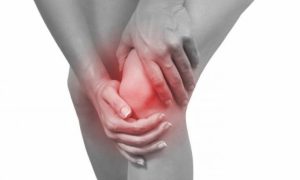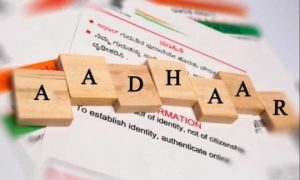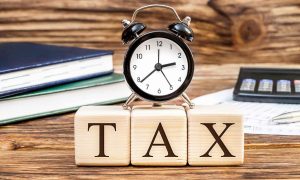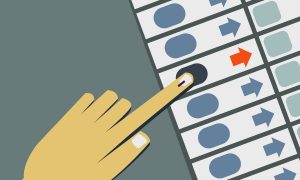- For the most accurate reading, take your blood pressure in the morning and in the evening.
- Take five minutes to get relaxed before you take your blood pressure.
- Make sure to place the cuff just above your elbow and follow the instructions on your device.
About one in three US adults have high blood pressure, or hypertension. For these individuals, it’s important to monitor blood pressure closely. Fortunately, it’s easy to take blood pressure without going to the doctor each time.
Regularly checking your blood pressure at home — whether you have high blood pressure or are at a high risk for developing hypertensiuon — can help catch any major changes before they become serious. Here’s how to do it.
How to take blood pressure at home
A home blood-pressure monitor enables you to take readings on your own. Devices range from arm cuffs to wrist cuffs and even watches — though Elaine Chin, MD, says the former is best.
“The cuff that goes on the forearm is more standardized than a wrist version,” Chin said. “It’s all automatic. They’re one-button-push devices and are very easy.”
Chin recommends that when you’re taking your blood pressure at home, take readings at two points each day: morning and evening. Your doctor may recommend taking multiple readings per session, with a short break in between, to ensure accuracy. If you keep getting an unusual reading, you should follow up with your doctor.
Blood pressure is notoriously higher in the morning, and research has found that morning blood-pressure readings can be a better indicator of stroke risk than evening readings. In fact, a 2016 report in the Journal of the American College of Cardiology observed that morning blood-pressure readings taken at home were stronger predictors of stroke and coronary artery disease risk than in-office readings taken by a doctor.
“Make sure blood pressure is taken upon awakening, as soon as you roll out of bed, and make sure you’re sitting,” Chin said. “Keep doing the blood-pressure monitoring around the same time each day.”
When taking your blood pressure at home, being relaxed and comfortable is key. Sitting quietly for five minutes before taking the reading — especially in the evening — can make it more accurate. Also, avoid drinking caffeine or smoking for at least 30 minutes before the reading, as these activities can boost your blood pressure.
Once you’re ready, here’s a step-by-step guide from Harvard Medical School:
- Sit upright on a firm chair with your arm level with your heart.
- Ensure your feet are firmly on the floor, and don’t cross your legs.
- Rest your arm on a table or counter.
- Don’t place the cuff over clothing; remove any shirtsleeves, and make sure it’s resting on your bare skin.
- Place the cuff just above the elbow, so it covers about 80% of your upper arm.
- Modern digital cuffs will provide instructions for what to do next. You may have to inflate the cuff manually or press a button to start the process.
- Allow the cuff to deflate before you remove it, and wait five minutes between readings.
What is normal blood pressure?
According to the American Heart Association and the American College of Cardiology, a normal blood-pressure reading is 120/80 mm Hg, though normal blood-pressure ranges are different for children.
The upper number, or the systolic reading, will be the first to increase with blood pressure, and greater than 120 is considered elevated. Hypertension occurs over 130 (stage one) and 140 (stage two) — this is the time to speak with your doctor if you haven’t already. Readings greater than 180/120 mm Hg may be a symptom of hypertensive crisis, and you should contact your physician or emergency services, especially if you also feel chest pain or shortness of breath.
However, Chin said that when you begin measuring at home, the first few days aren’t always accurate. You may want to be extra careful until you get comfortable with the process. “There is often anxiety when people first start to use their blood-pressure cuff, which can make the numbers higher than it should be,” Chin said.
In addition to anxiety or stress, several lifestyle factors, such as a high-sodium diet, a lack of exercise, and smoking cigarettes, can cause high blood pressure. Chin suggested adopting the DASH diet, which she said can lower blood pressure in as little as two weeks.
Insider’s takeaway
If you have high blood pressure, you should talk with your doctor about which lifestyle changes are best for you and how you can keep track of your progress. By routinely taking your blood pressure at home, you’ll be able to ensure that your doctor-recommended lifestyle changes are having the effects they should.





































